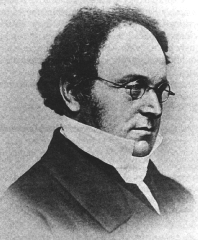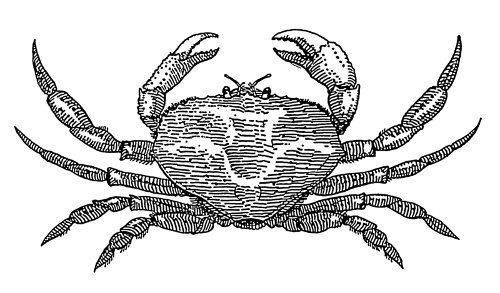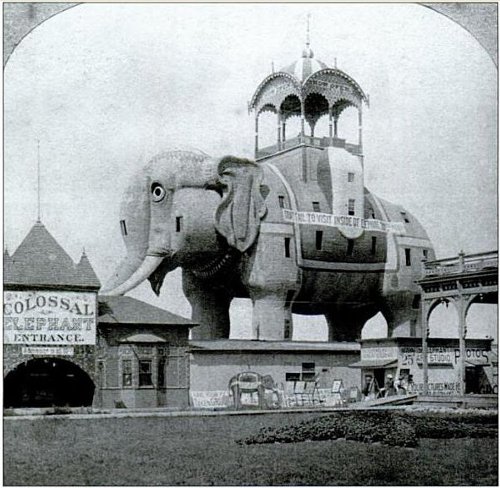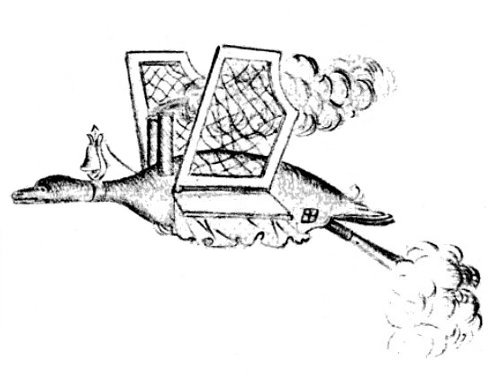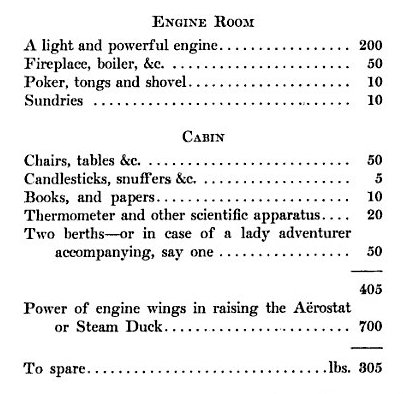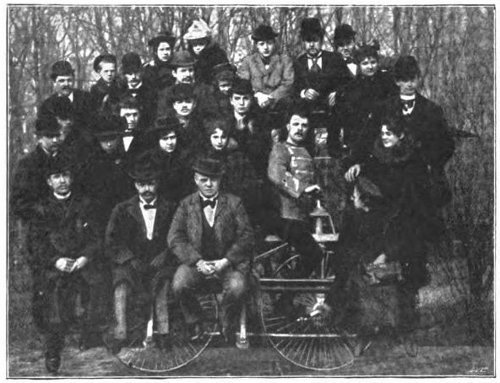In 1959, Down Beat editor Gene Lees invited Don DiMicheal to be his Louisville correspondent. DiMicheal sent an item about blues singer Blind Orange Adams, and Lees ran it, “because I so respected and therefore trusted Don’s knowledge of the earlier forms of jazz and the blues.”
When the issue appeared he got a panicked phone call. “That was a joke,” DiMicheal said. “I thought you’d get a laugh and take it out of my copy. It’s a pun on Blind Lemon Jefferson! Jefferson, Adams — get it?”
“Too late now,” Lees said. He told the magazine’s editors and publisher, and they began inserting joking references to Blind Orange into their copy. “The career of Blind Orange Adams blossomed during those years,” Lees told author Bill Crow for Jazz Anecdotes (2005). “Soon there was mail about him, and DiMicheal went so far as to rent a postal box and to found the Blind Orange Adams Appreciation Society.”
The joke reached its peak when Lees received a letter from a New York record label that wanted to find and record Adams. “I tried a desperate ploy. I wrote to the company saying that Blind Orange didn’t trust people, and the only one he would deal with was DeMicheal. He would agree to do an album only if DeMicheal and I produced it.” He planned to record saxophonist Eddie Harris as the mysterious singer, but the record label insisted on meeting their artist.
“I can no longer say with certainty what we did to resolve the situation,” Lees said, “but I seem to recall that Don wrote a story killing Blind Orange off in a car crash.”

